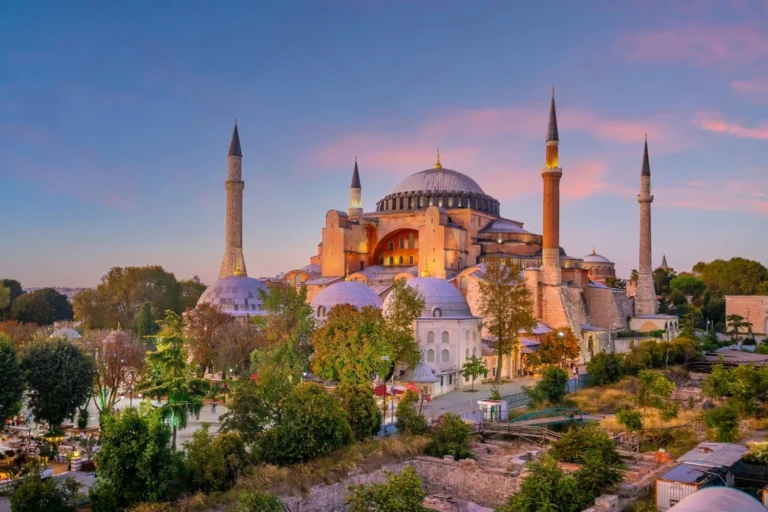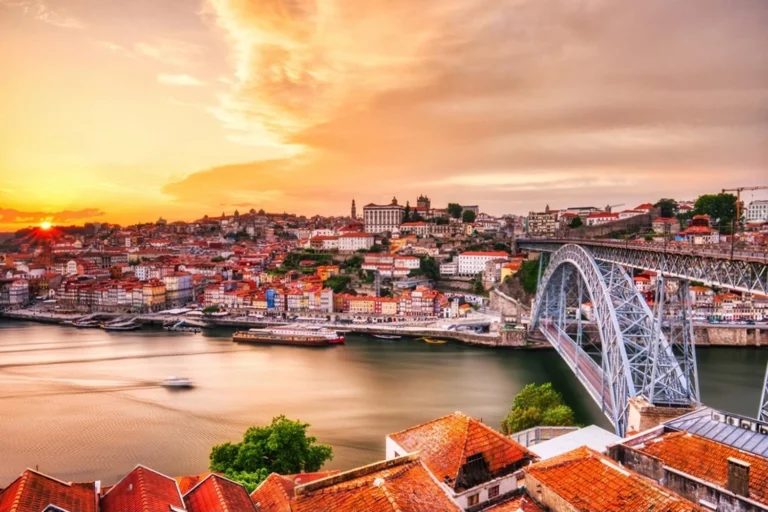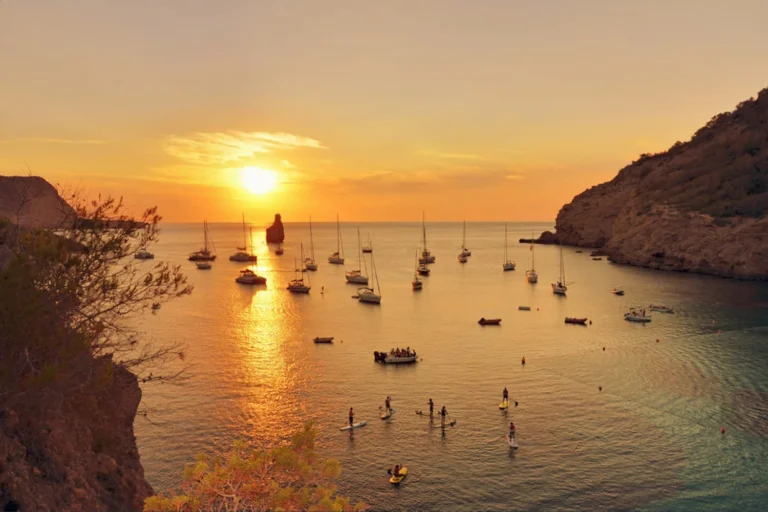Cuba: 30 Unusual Facts Hidden in the Havana Heat
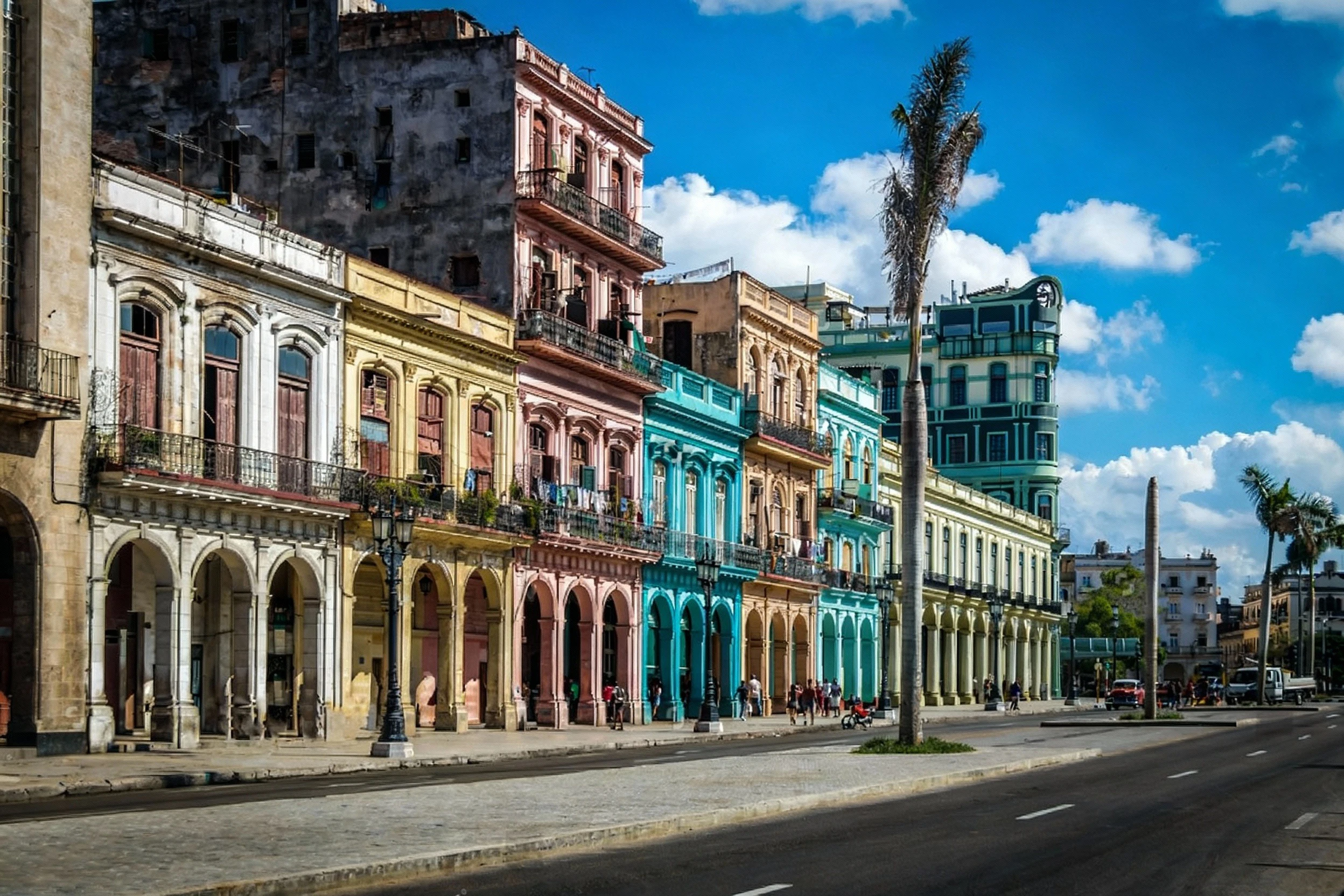
In Cuba, I found that discovery happens quietly, like lifting the corner of a woven rug to find bright threads tucked beneath. Sea salt drifts through the alleys, afternoon light warms worn stone, and the soft whir of ceiling fans mixes with low voices at open doors. The moments that stay with me are small an unhurried smile, a nod in passing, a door left a little open each one suggesting a story we might have missed. Beyond the usual snapshots, more of the place reveals itself when you slow down and look closely. That is what I’m chasing here: the overlooked details that make the whole feel more human.
Where the road arrived late, mystery stayed
It’s the kind of place where the end of the road feels like a gentle pause. Salt hangs in the air, the smell of cacao rides the breeze, and rain ticks softly on tin roofs. People mention, almost casually, that cars couldn’t get here until the 1960s, and you can hear that truth in the hush. The quiet is cherished, not empty; it’s the town saving a seat for what matters most.
Here in Baracoa, Cuba’s oldest city, everyone seems to carry the same small story: the Cruz de la Parra, a wooden cross that some believe Columbus planted. Under the rainforest canopy, myth and history braid together, and the debate isn’t the point. I remember standing near it, not to judge authenticity, but to feel the weight of a community choosing the memories it keeps. It doesn’t read like a trophy so much as a witness, a reminder that even when the road finally found its way here, the soul of the place chose to stay a little hidden, tender and intact.
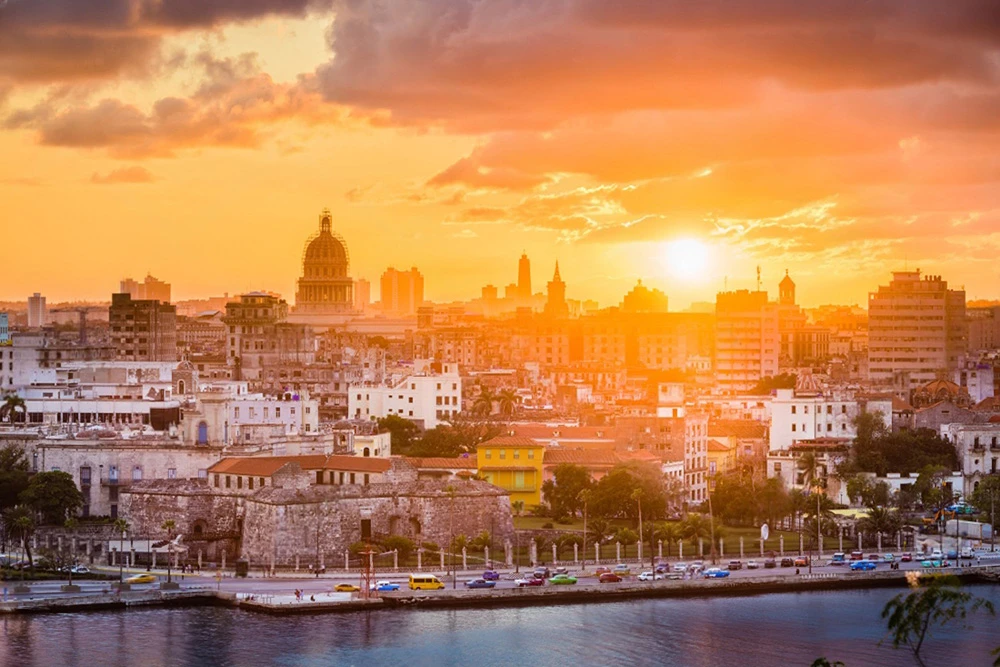
The world’s smallest bird, humming like a bee
I almost wrote it off as a stray buzz stitched into the afternoon, the sugarcane whispering like paper and the air warm enough to taste. Then a comma of color hovered so tiny it felt imaginary. It was the bee hummingbird, barely two inches long, and in Cuba it slips through the green like a secret.
Its wings move so fast your ears catch a buzz before your eyes can focus, more insect than bird until the light finds the shimmer. I remember feeling oddly protective, as if the whole idea of wonder had decided to stay small: a heartbeat with feathers. There’s something beautiful about a place where even the tiniest thing carries the full sweetness of the fields, reminding you that size has nothing to do with how big it feels inside you.
Cuban luck against hundreds of bizarre assassination plots
It still makes me smile how the wildest stories turn into neighborhood humor here. Exploding cigars, poisoned wetsuits so many schemes that never landed, they’re now told between sips of syrupy coffee, with the clack of dominoes keeping time and the faint perfume of tobacco in the air. I remember thinking how outrageous it sounded, yet the laughter felt light, undeniable, like a release valve for a history that could have been so much darker.
That’s the thing about Havana: the city seems to tuck absurdity into its back pocket and carry on, shoulders loosened, music drifting out of doorways. People call it Cuban luck with a grin, but I hear something steadier underneath an instinct to survive with humor intact, to turn danger into a communal wink. The stories move on the sea breeze, and you can feel the pride in them, as if the island learned to outwit fear the way bougainvillea learns to climb slow, stubborn, and bright.
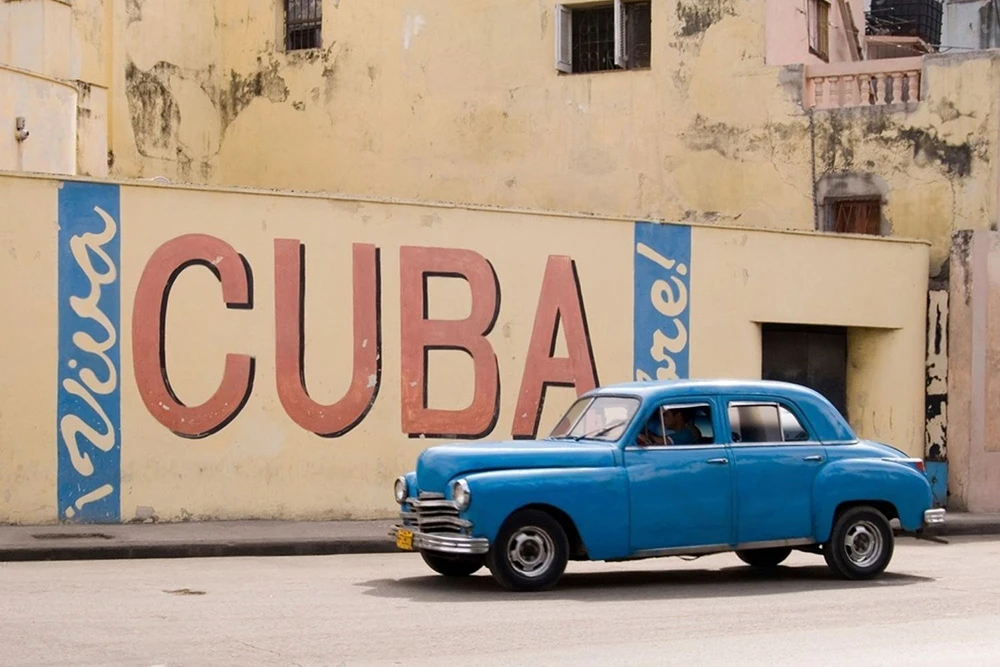
The Day Christmas Came Back to Cuba
I remember a December afternoon when the air tasted faintly of salt and guava, and someone said, almost offhand, that for thirty years Christmas here was just another workday. The factories kept humming, the school bells rang, and families learned to keep the date tucked inside their homes – the “Silent Christmases,” they called them. It startled me, imagining a day of joy treated as ordinary, kept small on purpose.
Then, in 1997, with Pope John Paul II’s visit on the horizon, the country brought Christmas back – a door reopened to light. Some families still keep it low key, remembering the hush: a single string of bulbs, a candle on the table, maybe a whisper of carols like a radio turned low. In Havana you can feel both memory and celebration sharing the same room, and it’s quietly moving – proof that traditions can survive in quiet, and that when they return, they don’t need to be loud to be real.
https://en.wikipedia.org/wiki/Cuba
A check that never meets the bank
I love how some gestures speak in whispers. Since 1903, a rent check has arrived year after year for Guantánamo Bay, neat ink and official signatures, and Cuba simply lets them sit – uncashed, unanswered – a protest so quiet you almost have to lean in to hear it.
I remember hearing about those envelopes and picturing them in a drawer somewhere, the paper taking on the island’s salt air and patience. It’s the kind of detail that makes you stop mid conversation and smile at the stubborn poetry of it: money offered, dignity kept.
There’s something beautiful in choosing silence over spectacle, in letting an uncashed check become the message of a century. It reminds me how places hold their boundaries not just with fences, but with memory – and how, sometimes, history sits on the tongue like salt.
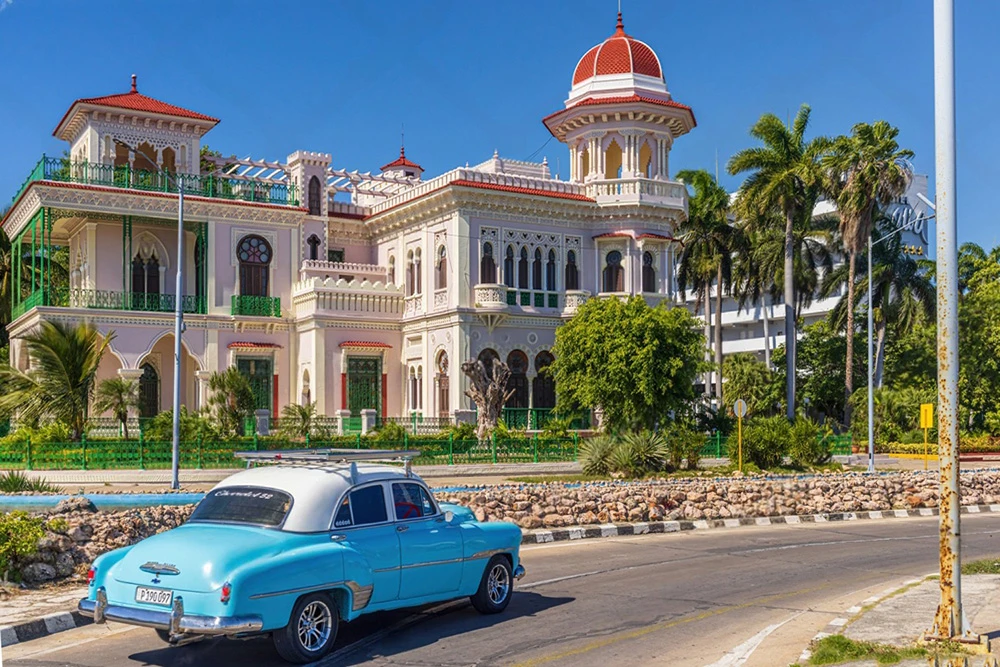
Where doctors are easier to find than taxis
I remember someone laughing that if you stubbed your toe, a doctor would appear before a taxi. It sounded like a boast until I felt the hush of a waiting room spill into the street and saw white coats flicker through doorways like small flags in the breeze. In Cuba, care feels close enough to be a neighbor with a spare cup of sugar.
Medical school is free, which means the dream isn’t fenced in by money. You meet young med students with ink stained notebooks and bright, tired eyes; they talk about the clinic down the block and the remote village two provinces away in the same breath. Some pack their worn backpacks and go abroad on missions, carrying careful hands into places that need them most.
What surprised me wasn’t the numbers, it was the mood this quiet confidence that health is a shared promise. The joke about finding a doctor faster than a taxi lands gently because it’s rooted in kindness, not pride. It made the island feel like a big family kitchen: someone always stirs the pot, someone always checks your fever, and the door is never really closed.
When a whole island learned to read together
In Havana, a bookseller once grinned at me and said, “Here, everyone reads,” the way you might mention the weather. It stayed with me: more than 99 percent, not just a statistic but a habit worn into daily life. You feel it in the way conversations wander through poems and headlines, how a menu or a bus poster sparks debate, how the written word sits at the table like an old friend.
People still talk about 1961 with a kind of soft pride, when teenagers fanned out to the countryside with chalk dusted hands and kerosene lamps humming at night. They planted letters like seeds in fields of cane and tobacco, and those lessons grew into futures that might have stayed hidden in the dark. Words became lanterns, and whole families gathered around their light.
Maybe that’s why the place feels so sure of itself: literacy here isn’t a trophy on the shelf, it’s a shared promise that no voice gets left behind. I remember thinking how beautiful it is when a country decides that understanding belongs to everyone, and then actually makes it true. It’s a quiet kind of revolution, the kind that keeps echoing each time a child sounds out a new word and smiles.

Vintage 'Yank Tanks' survive on pure ingenuity
I remember the first time a turquoise Chevy coughed itself awake beside a peeling pastel wall, chrome winking like a secret. The air smelled of hot oil and sea salt, and the engine’s rumble felt more like a heartbeat than a machine. These old beauties aren’t pristine; their paint is a patchwork, their dashboards softened by sun and stories. They roll past like time capsules with beating hearts, carrying laughter, music, and the stubborn joy of a place that refuses to stall.
In Havana, you learn that decades went by with no new parts arriving, so people taught the cars to survive anyway. I’ve heard of Russian engines tucked under American hoods, bits of Soviet tractors doing the work of long lost originals, even household odds and ends standing in for the impossible to find. Neighbors swap pieces the way others trade recipes, and a mechanic’s grin can feel like a blessing. The whole thing is stitched together like a quilt resourcefulness, patience, a touch of magic and every clattering mile says the same thing: we’ll keep moving, no matter what.
When One Island Quietly Carried Two Wallets
I still remember the soft clatter of coins and the feel of slightly worn bills, warm from the air, and that small, awkward pause that came after a price was spoken: which money? In Havana, that tiny pause at a counter always reminded me how the same place could feel different depending on the wallet you carried. It wasn’t just math; it was a subtle social dance, a nod to the parallel lives that brushed past each other on the same bright street.
For more than two decades, Cuba moved to two kinds of cash one for visitors, one for everyday life and it shaped conversations in ways you could taste and hear. A number on a handwritten sign could mean two realities at once, two parallel melodies in the same song. I remember being surprised by how gently people navigated it, the patience, the small smiles, as if confusion was just another flavor in the mix of diesel, guava, and sea breeze.
When everything merged in 2021, it felt like a quiet relief. Prices suddenly spoke a single language, and shopping grew less puzzling, but the change echoed deeper than a cleaner receipt. The island exhaled; the markets felt a little more like shared ground, laughter carrying easier between neighbors and newcomers, and the chalk on the board needed only one steady line.
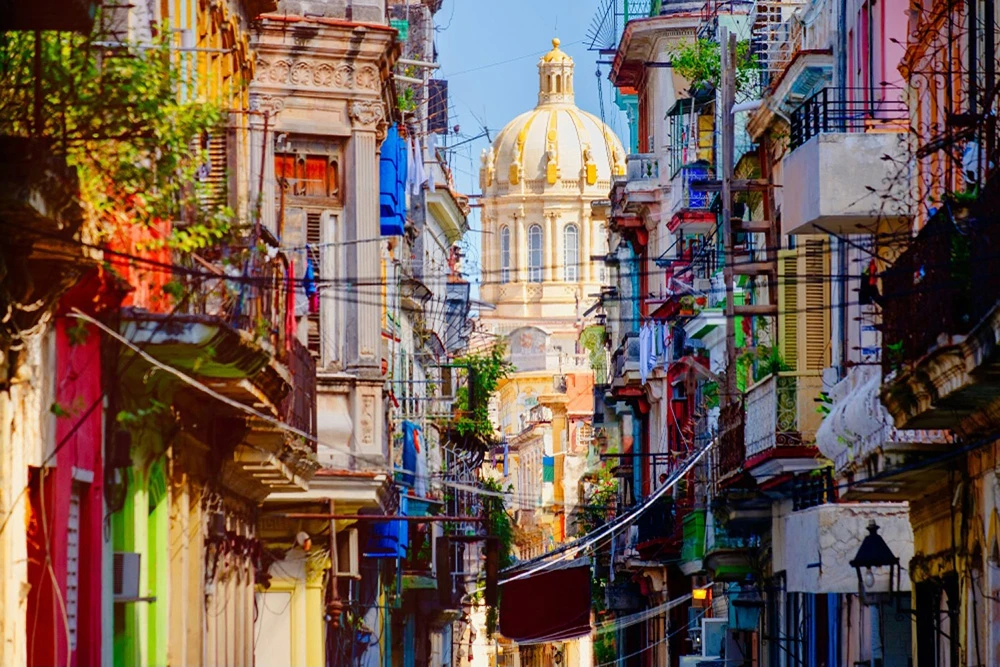
West African echoes in Cuba’s living heartbeat
Some nights a drumline rises from a doorway and stops me in place – three tight notes, then a hush, then the skin prickle roll that follows. In Havana, that sound feels like salt on the air: candle smoke, a trace of molasses, voices catching each other in call and response. I remember watching white skirts flare, cowrie shells clicking softly, and realizing the music wasn’t a performance so much as a conversation older than anyone in the room.
The island’s Afro Cuban spirit grew from waves of Yoruba, Congo, and other West African peoples who carried rhythms, stories, and rituals across the ocean. You can hear them in the batá drums that steer a ceremony, in the rumba that brightens a neighborhood festival, in the soft murmur when someone greets a saint. What moves me is how everyday life keeps that inheritance alive – not as museum history, but as a pulse that gathers neighbors, like a tide pulling the island into its own heartbeat.
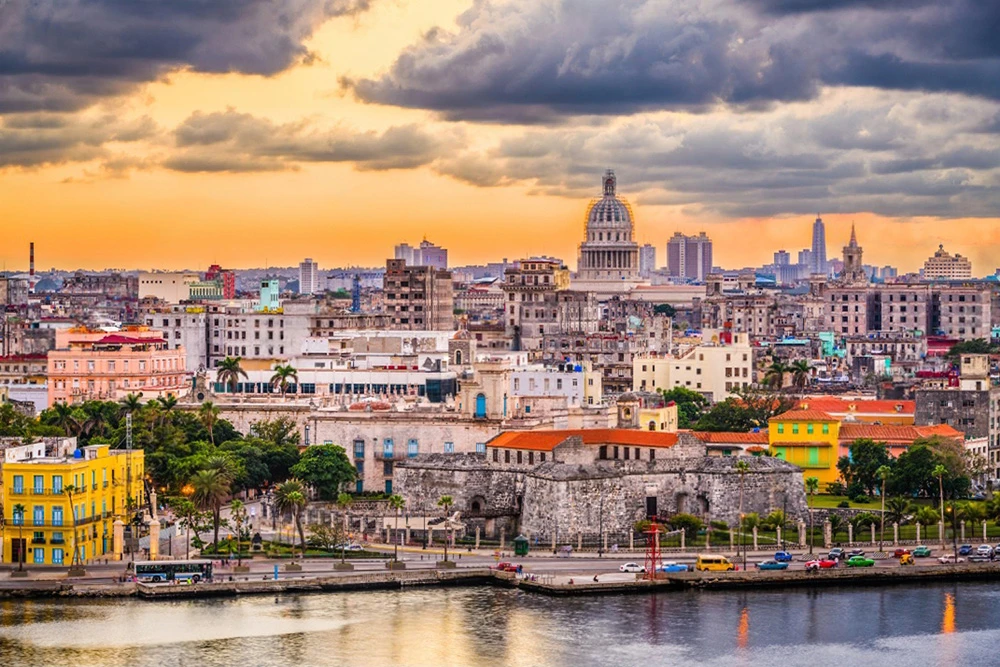
Nine UNESCO jewels of survival and splendor
I didn’t expect history to feel so awake on an ordinary Tuesday. Then I learned there are nine UNESCO World Heritage Sites across Cuba, and suddenly the streets made sense the soft thud of footsteps on old stone, salt drying in a crust on flaking blue paint, the faint sweetness of molasses riding an inland breeze. From the colonial heart of the capital’s old quarter to sugar valleys beyond, they stand like lighthouses of memory, steady in the changing light.
What gets me is how these places aren’t glassed off relics. Music spills through archways, kids chase pigeons, laundry snaps in the sun; survival and splendor share the same square. You feel the pride that kept balconies patched and stories handed down, and the tenderness that lets dusk turn limestone honey gold. I left thinking heritage here isn’t a museum; it’s the city’s pulse, patient and generous.

The Caribbean’s biggest island, full of quiet surprises
I used to picture islands as small commas in blue water, the kind you could wander end to end before sunset. Then I learned there are over 11 million people living along one sweep of coast and countryside, and my sense of scale reset. You can taste salt and guava in the same breath, hear bus brakes exhale and dominoes clack under palm shade every sound hinting at a crowd of everyday lives.
Cuba is not a small dot on a map after all; it’s a long story you read over days, bigger than you’d guess and brimming with voices. From quiet farm roads to buzzing neighborhoods, accents shift, recipes change, and the horizon just keeps going. What I love most is how the size shows up in ordinary moments the line at the bakery that turns into gossip and laughter, the bus routes stretching past fields, the feeling there’s always another town cooking dinner just beyond the bend. It feels big enough to hold a lot of different futures.
Family run paladares quietly tucked inside Cuban homes
I love how dinner there begins with a laugh from the kitchen and the hush of a ceiling fan. The air carries garlic, cumin, and sour orange; mismatched plates wait on a lace covered table. It doesn’t feel like a restaurant at all, just someone’s living room with an extra table, and somehow that makes you breathe easier.
In Havana, a paladar is a family run place tucked into a home sometimes a backyard under string lights, sometimes a sitting room with the TV turned low. Between bites of ropa vieja and congrí come quiet stories: a grandmother teaching mojo by smell, blackouts and ration books, the revolution spoken in everyday voices, and a block that looks out for its own. Recipes survive like lullabies passed down at the stove.
I remember leaving full in a different way, as if the table had been a family album laid out as dishes. What stays with me is the steady pride of the neighborhood, the feeling that every plate carries a name and a memory, and that hospitality here is not a performance it’s home being generous.
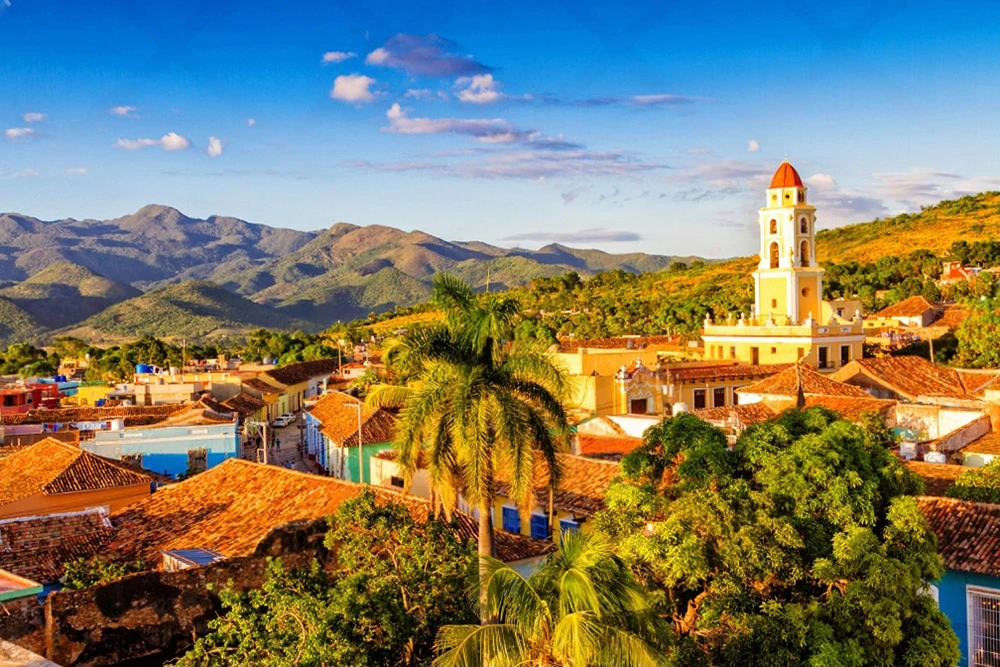
The island behind Treasure Island and Peter Pan
I swear the sea here looks like it’s hiding a secret. On Isla de la Juventud, the blue turns bottle glass in the sun and the caves are cool and damp. People say this is where Treasure Island took root, and where a bit of Peter Pan found its bravado. Many still believe those caves and that blue guard a scatter of pirate gold; the sunlight throws coins across the water and, for a second, you do too.
Maybe that’s why its name makes such easy sense. I remember feeling ten years younger just listening to the waves and tasting the wind, a little lime, a lot of salt. The treasure isn’t really the gold; it’s the permission to be wide eyed again, to let a rumor linger and see what it stirs. Stories cling to your skin like salt, and for a while you believe the world still holds honest surprises.
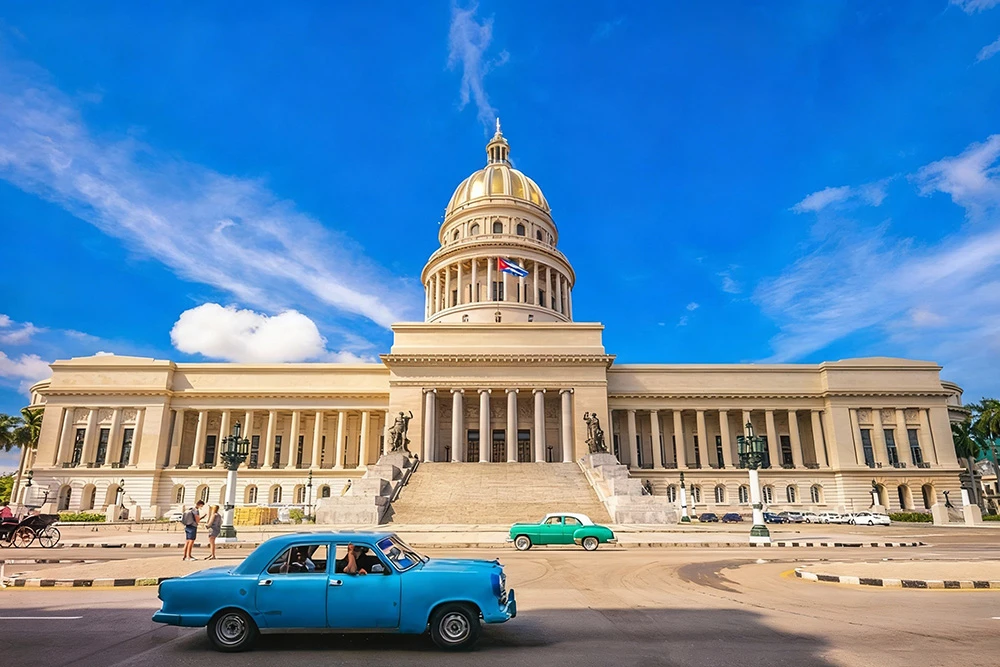
The Caribbean's Galápagos: a nearly untouched coral sanctuary
It felt like peeking into a time capsule underwater colors too vivid to be modern, fish moving like confetti in a slow parade, sunlight folding into the sea in soft ribbons. Someone called it the Galápagos of the Caribbean, and in Cuba’s Jardines de la Reina that nickname finally made sense to me. I remember the hush most of all, the way the water seemed to hold its breath while reefs rose like a cathedral of light.
What surprised me wasn’t just the beauty, but the abundance the casual confidence of the place. Sharks cruised past with the nonchalance of locals, parrotfish chomped like they had all the time in the world, and the coral looked unbothered by the hurried pace of everything else on land. People talk about it like a pilgrimage for divers, but down there it doesn’t feel exclusive; it feels generous, like the ocean is showing you how it’s meant to be when we leave it alone.
I left with that quiet kind of hope you only get from seeing something healthy in a fragile world. It reminded me that wildness isn’t loud it’s steady, patient, and full of small, bright miracles that don’t ask for attention. Places like this change the way you carry the sea in your head long after you’re back on shore.
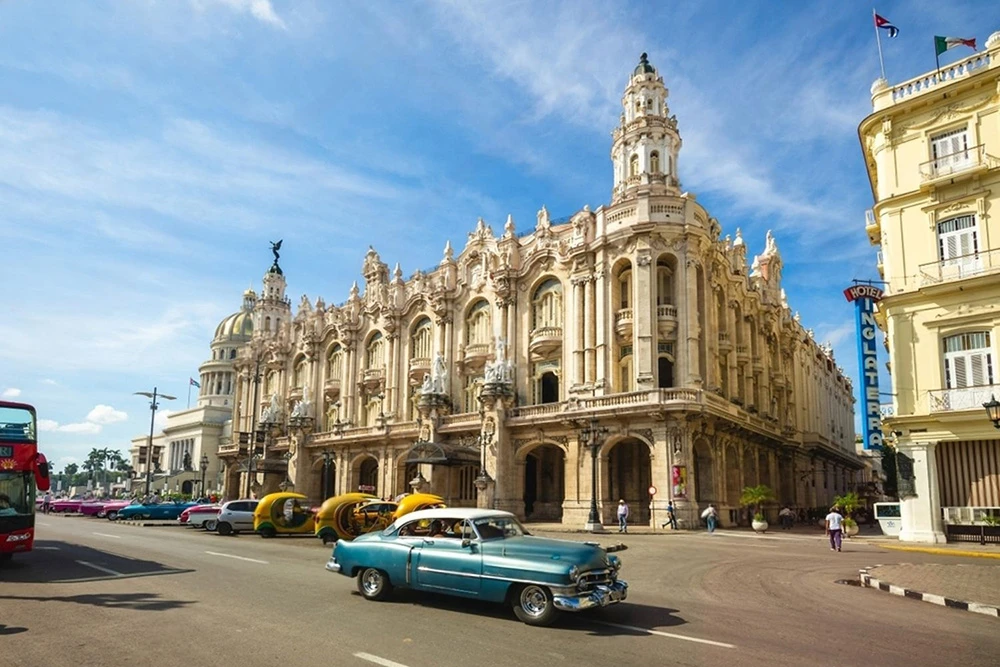
Timba and changüí echo from every Cuban plaza
It still catches me off guard how a quiet square breaks into sound in a single breath. Bright strings skim the afternoon air, warm drumheads answer, and the steady tick of claves threads it all together. Spanish guitars and African drums meet in timba and changüí, a handshake between continents that you can feel in your ribs. The music isn’t polished; it’s alive salt in the air, dust on sandals, laughter folding into the rhythm until it feels like a heartbeat in the open air.
In Havana, I remember the way people drifted closer without ceremony palms clapping, feet answering, strangers becoming a band. There’s no stage, no announcement, just neighbors trading riffs and grins, and suddenly the plaza feels like a shared living room. That’s what moved me most: how these sounds hold both celebration and struggle without choosing one over the other. For a few songs, you sense that this is how the island keeps its balance by letting everyone carry the beat together.
Two altars, one heart: Cuba’s blended faith
I remember the hush of a living room where candles breathed gently, beeswax threading the air with a sweet warmth. On a small table, a bright rosary curled beside a tiny glass of rum and yellow flowers for Ochún, set near a statue of Our Lady of Charity. It felt tender and surprising at once, like two rivers meeting in one bowl different waters, same shimmering surface. In that soft light, the house seemed to say: there’s room for everything that has carried us here.
In Havana, it made a sudden kind of sense: a drumline drifting from a doorway, a church bell answering somewhere down the block. What struck me wasn’t contradiction, but care how families tend both saints and orishas with the same patient hands, as if honoring every ancestor at the same table. It felt less like mixing and more like a quiet handshake across centuries, a pact to keep all the stories alive.
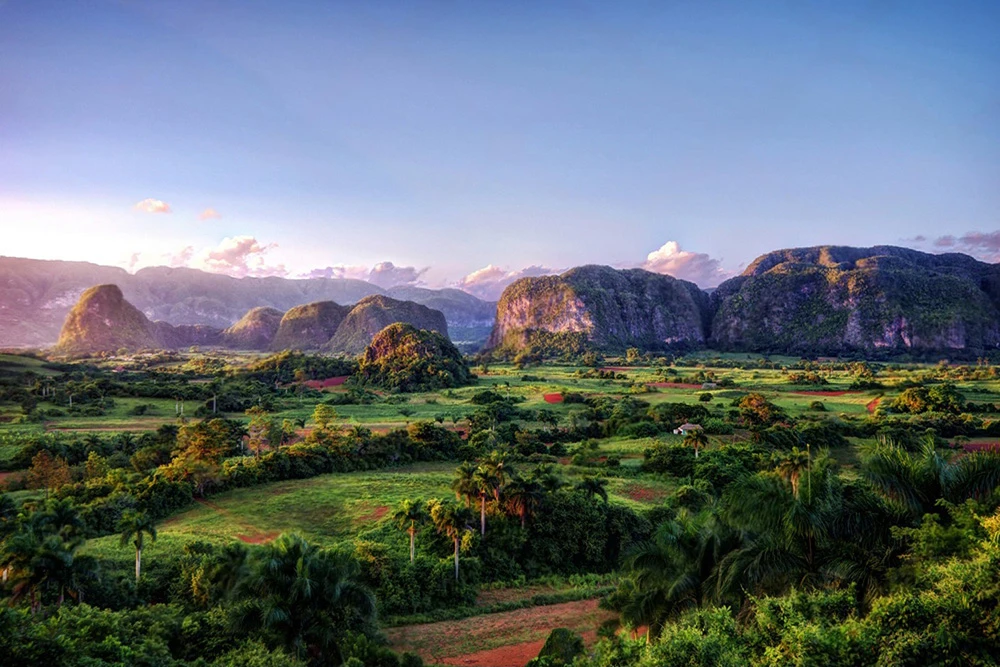
Cuba’s real toast: the humble, defiant Cuba Libre
I always thought mojitos ruled the island, until a bartender’s quiet grin set me straight: the true national drink is the Cuba Libre. It’s simple and a little rebellious American cola meeting Cuban rum in the first breath after independence, a squeeze of lime to wake it all up. The glass hums with caramel and citrus, bubbles crackling like tiny fireworks for a young country that had just learned the word “free.”
What I love is how it tastes like a handshake between worlds sweet and dark, bright and bitter two hands clasping and choosing to celebrate anyway. In Havana, you can almost hear brass somewhere far off when the fizz rises, and the air feels warmer as the rum thaws your edges. It’s a history lesson you can sip: not the polished nostalgia of a mojito or the famous daiquiri’s elegance, but something truer and more everyday freedom poured over ice, easy to lift, impossible to forget.
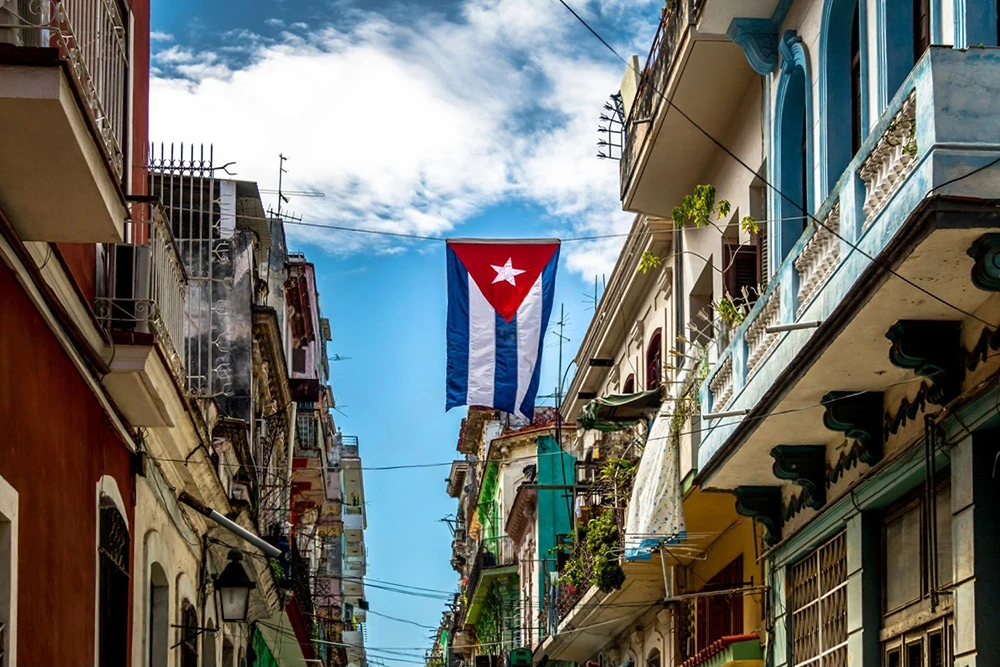
Where the Revolution began, and each July sings
I swear the air hums before the drums arrive. On July 26, the heat feels like a held breath, and then the streets answer with congas, whistles, and voices cracking with joy. In Santiago de Cuba, people don’t just remember; they rumble, they laugh, they cry a little pride rippling down the balconies with the laundry and flags. The city feels like a drum held under the sun, skin tight, ready to speak.
Everyone calls this place the cradle of the Revolution, and you can hear why in the way elders lean into their stories. They’ll tell you the first and last shots were born here, and for a second you can almost hear them ghosting the rhythm sharp, distant, then gone leaving behind a stubborn courage that never quite sits still. I remember the smell of coffee and diesel tangled with sea salt as a neighbor pinned a red and black ribbon to my sleeve, murmuring “para que no olvides” so you don’t forget.
What surprised me most wasn’t the spectacle, but the tenderness tucked inside it: grandparents wiping their eyes, kids beating rhythms on tin lids, the whole block sharing bags of ice and jokes. History here doesn’t sit in a museum; it threads through the streets like a melody everyone knows by heart. By night, the plazas glow with speeches and dance, and you feel how memory can steady you while still pushing you forward.
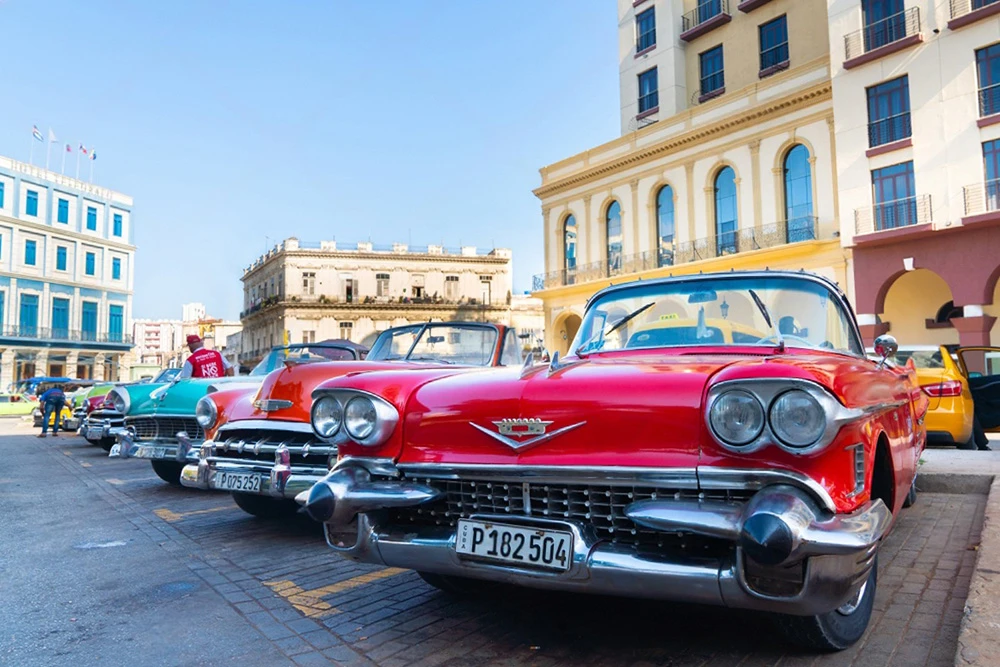
The tiniest frogs hide in Cuba’s secret forests
I still smile at how something so small can sound so sure of itself. The Monte Iberia Eleuth, no bigger than a thumbnail, sings from the leaf litter like a pinprick of rain on tin. In Cuba, I learned their chorus before I ever glimpsed them little glints of life tucked under ferns, where the air smells like damp earth and the light turns soft and green.
They thrive where the forest feels private: beads of dew on moss, a hush that holds its breath between birdsong. What surprised me most was the scale of it a country known for big rhythms and open hearts sheltering a creature so delicate you could miss it in a blink, commas in the story of the forest. It felt like a gentle lesson that wonder doesn’t have to be loud to be immense; sometimes it’s the smallest voice that stays with you the longest.
Where hitchhiking wears a yellow uniform and a smile
I didn’t expect the highway to feel so neighborly. In Cuba, hitchhiking isn’t a gamble; it’s policy. Yellow shirted coordinators stand in the heat where the asphalt shimmers, pairing drivers with both locals and wandering visitors, and the old engines rumble like they agree. It’s one of the few places in the Western Hemisphere where a raised thumb comes with official backup, and somehow that simple trust makes the air feel lighter, like the day has room for you.
I remember waiting at a crossroads and realizing the road here acts like a long kitchen table everyone scoots over to make space. The yellow shirts flicker at dusty junctions like small lanterns of order, and strangers slide into seats that become brief, shared homes between towns. It’s practical, sure, but it’s also quietly beautiful: a reminder that movement can be communal, and that on this island, you’re invited to belong even before you know where you’re going.

When night sets the seawall softly humming
By dusk, the air tastes like salt and laughter. Musicians loosen a song into the breeze, families rest their elbows on damp stone, and somewhere a cheap speaker fuzzes out a rhythm that makes the streetlights feel warmer. The waves keep tumbling over the carved edge, beads of spray catching the glow as if the night were sprinkled in silver.
I remember sitting on the Malecón in Havana with a warm paper cup of ice cream, listening as an old bolero turned into a chorus everyone somehow knew. Spray freckled my knees, a guitar stitched the verses together, and cars drifted by in a soft hush. The ocean kept breathing, steady and patient, as if it had seen all this before and approved.
What gets me is how it becomes a living room without walls – one long, shared couch where strangers slide closer until they feel like neighbors. No door, no bill, just space made by stone and sea for the city to exhale the day. It’s simple and tender, this nightly gathering, and it leaves you lighter, as if the tide carried off a little weight along with the heat.
No chains allowed, but streets cook small miracles.
I still laugh at how a ban can taste like freedom; no chains, no Michelin crowns, and somehow everything feels more alive. At dusk, Havana hums like a stovetop at dinnertime oil snapping, radios low, neighbors trading gossip over the scent of citrus and pork. The absence of big names doesn’t leave a silence; it makes room for voices you can actually hear.
Once, someone handed me a medianoche sandwich so warm it fogged my glasses: sweet, buttery bread pressed until the edges crackled, roast pork tucked with pickles and a swipe of mustard, a little shy of midnight and perfect for it. It’s the kind of sandwich that understands tired feet and bright music, a small kindness you can hold.
Then came churros crispy ridges dusted with sugar, the kind that leave your fingertips gleaming and your mood lighter than you meant to admit. That’s the trick here: without Michelin pedigrees or global logos, the cooking happens in the open, and invention becomes habit, recipes stitched from scarcity into celebration. I remember thinking the rules might keep out the famous names, but not the warmth.
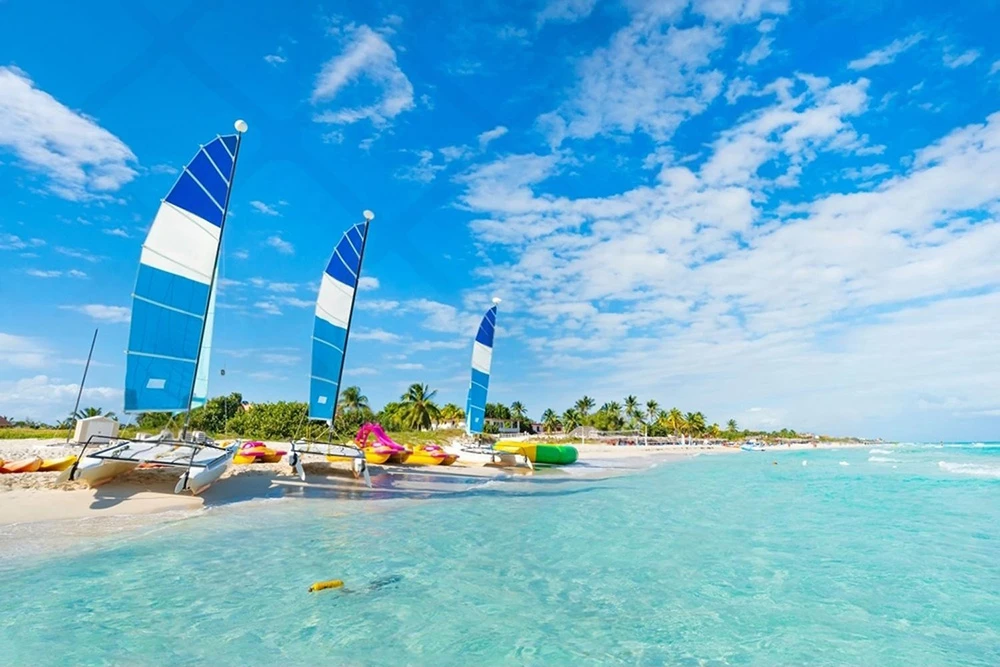
Bread ovens and star readers before the conquistadors came.
History here didn’t begin with a cathedral, no matter what the postcards suggest. The earth keeps simpler, older clues: ancient bread ovens for cassava, circles of stone darkened by heat, the quiet practicality of a kitchen that fed generations. Nearby, carved shell jewelry rests in glass, edges smoothed by time the kind of beauty you can picture catching sunlight on a collarbone.
And then there’s the word people still say softly: bohique, the star readers who steered by constellations and seasons, holding routes in their minds when the horizon was only water and wind. The sky must have been a map pinned to the night, and they knew how to read it with calm, steady eyes. I love that image a science lived out under open air, tender and exact.
In the Dominican Republic, these finds feel like a gentle correction not a scolding, just a hand on your shoulder reminding you what came first. I remember hearing “bohique” for the first time and feeling a small shock of respect, as if a door had quietly opened. It changes how you move through the day; history hums under your feet, and you try to step a little lighter.
In Cuba, greetings land softly on one cheek
I remember leaning in and stopping halfway, bracing for a second kiss that never came. She laughed, tapped the air beside my face, and whispered, “Solo uno.” The warmth lingered like the late sun on the street, a brief brush of scent tobacco and clean soap and then the day moved on. It felt simple and sweet, like being welcomed without being swept away.
What I love is how the second kiss is saved, not denied. After a long night, when music fogs the windows and laughter spills like rum, that double besito appears an exclamation point at the end of a long song. In Havana, the rhythm of hello is a single beat, and the encore is for after parties or those rare reunions when time finally catches up with affection. It’s a small kind of wisdom: everyday tenderness in one quick kiss, and the second left waiting, so joy has somewhere to go when it overflows.

Shutters Kept True, While Fashion Comes and Goes
I remember pausing at a row of sun faded shutters, the paint worn soft like sea glass. A neighbor smiled and told me there are rules here; no sudden splash of whatever color is trending this month. In Trinidad, the shutters don’t chase moods they keep the hues they were born with. I liked that stubborn kindness, the way the wood seemed to breathe a little slower under the afternoon light.
It’s odd at first, how a rule about paint can feel like respect. Those old pigments hold stories: Sunday laughter, quiet evenings, the scratch of a radio drifting from inside. Letting them remain means the street keeps its voice, and the neighborhood doesn’t forget itself. Once, wandering past, I realized these colors are a family album left open on the windowsill and the city is brave enough to keep reading.

Baseball, Not Soccer, Rules the Cuban Heart
I expected the bounce of a fútbol somewhere in the heat, but what reached me first was the clean crack of a bat and a shrug of red dust. The air smelled like roasted peanuts and sun warmed wood, and somewhere a radio hummed the play by play through a curtain of laughter. The diamond felt like the city’s heartbeat steady, stubborn, and somehow gentle.
In Havana, a stranger pressed a warm cone of maní into my hand and argued about the Industriales like they were cousins who’d just missed Sunday lunch. You can feel the pride in every throw: gloves popping sharp, line drives that sing, kids echoing swings along the fence. It surprised me how completely soccer steps aside here, as if the island had chosen a different rhythm and never looked back.
Follow the game for a while and it starts to carry you along. Faces become familiar, someone waves you toward their patch of shade, stories of old heroes unspool between innings, and by the ninth you’re cheering with people who feel less like strangers and more like neighbors. I remember walking away with my ears still ringing and this quiet certainty: to love baseball here is to be let in on how the place loves itself.
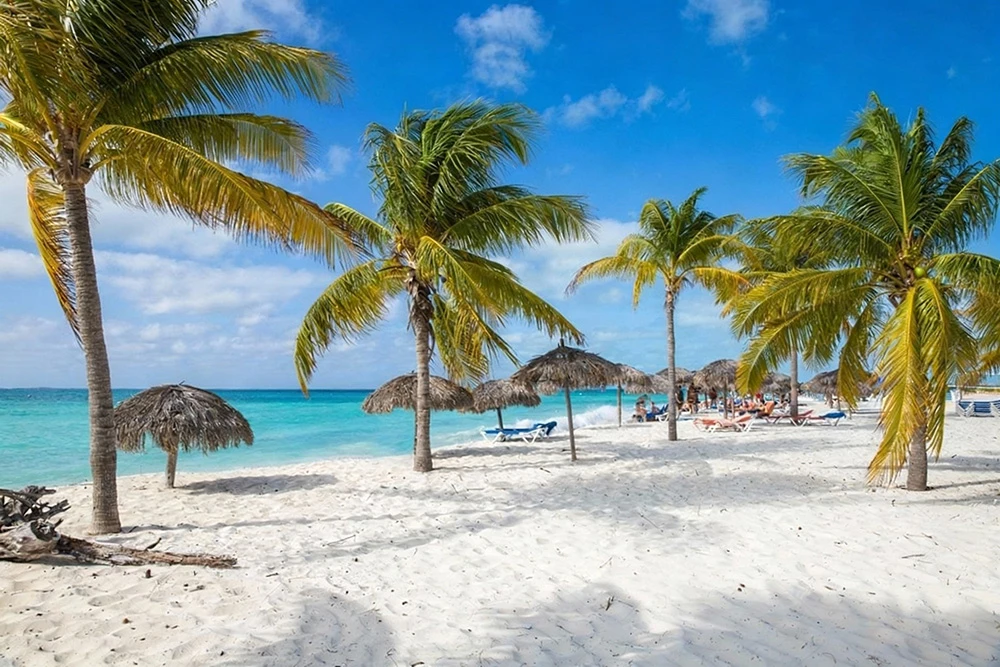
When plastic left, groceries wore newspaper and cardboard
I still smile thinking of the first time a bundle of herbs arrived swaddled in last week’s headlines. Since 2020, the crinkly bags disappeared and the checkout hum changed: a rasp of paper, a soft creak of reused boxes, mangoes cushioned inside a cereal carton that once held someone’s morning. It felt surprisingly tender, like groceries dressed in yesterday’s stories. I left with ink smudged fingers and this small, good feeling that the air itself was a touch lighter here in Chiang Mai.
What got me wasn’t just the ban; it was how everyone turned it into a quiet kind of care. Aunties save newspapers, shopkeepers tuck things into patchwork cardboard, and every wrap carries a hint of someone else’s day. There’s a humble beauty in giving materials another life second chances for paper, second chances for habit. I liked how it slows you down; you notice the rustle, say thank you, and feel part of a gentle promise to carry less and care more.
A Quiet Tap That Holds Your Place
It felt funny at first: a hush settling over the line, then a soft tap against my heel. In Havana, the air smelled of warm bread and diesel, the sun turned the sidewalk pale, and yet the queue moved by touch, not words. I remember smiling at the smallness of it just a toe to ankle hello that said, you’re next, I’ve got you.
That gentle nudge is more than manners; it’s how patience keeps its shape when things are slow. Instead of elbows or raised voices, the courtesy travels down the line like a quiet current, each person recognizing the one before. It felt tender, almost musical the city’s rhythm humming through sandals and I left with this odd sense of trust, as if even waiting here could teach you how to care for strangers.
Dominoes as the heartbeat of evening streets
Some nights, the clack of tiles rides the air like a second language. Chairs appear in doorways, park corners, even roadside curbs, and a shaky board becomes a table that everyone respects. In Cuba, people talk with tiles as much as words the slap, the pause, the quick grin say everything you need to know.
I remember leaning into the rhythm and realizing it wasn’t pastime so much as ceremony. Uncles settle old debates, neighbors float new plans, lovers test the edges of patience; between sips and side eye, loyalties are made and mended. A slammed tile isn’t just a move; it marks something remembered, and the quiet before the next play draws everyone in because here, friendship, family, even big decisions find their shape around the grid of dots.
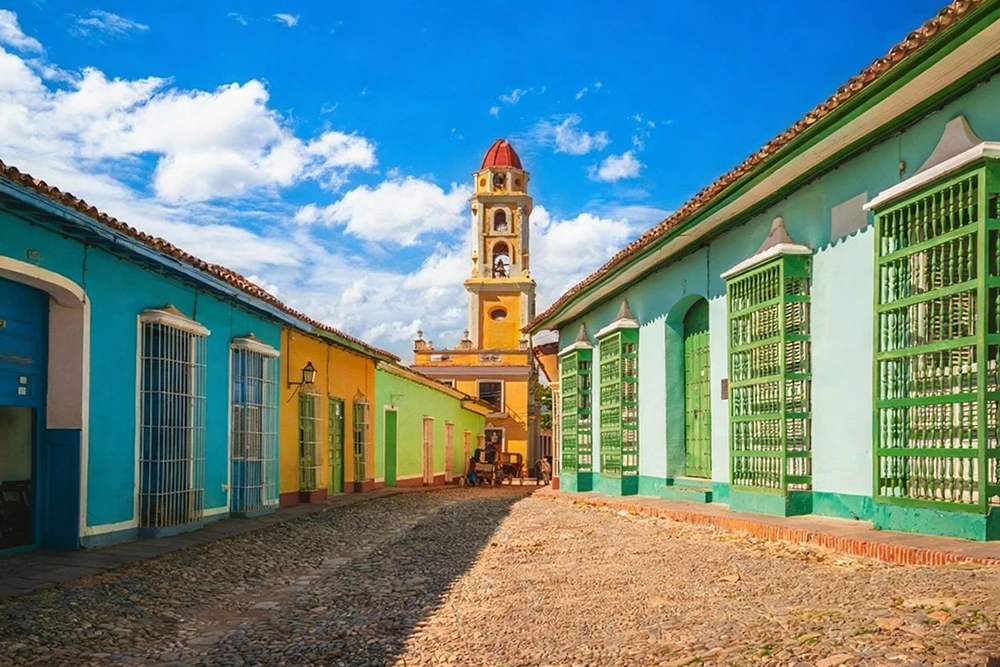
Final thought
By lingering with hidden stories, small details, and human moments, a truer side of Cuba quietly comes into view. Each becomes like a gentle thread stitching a larger truth together. In these brief moments we remember that places are experienced before they are explained. May we keep looking closely, and set out inspired.

